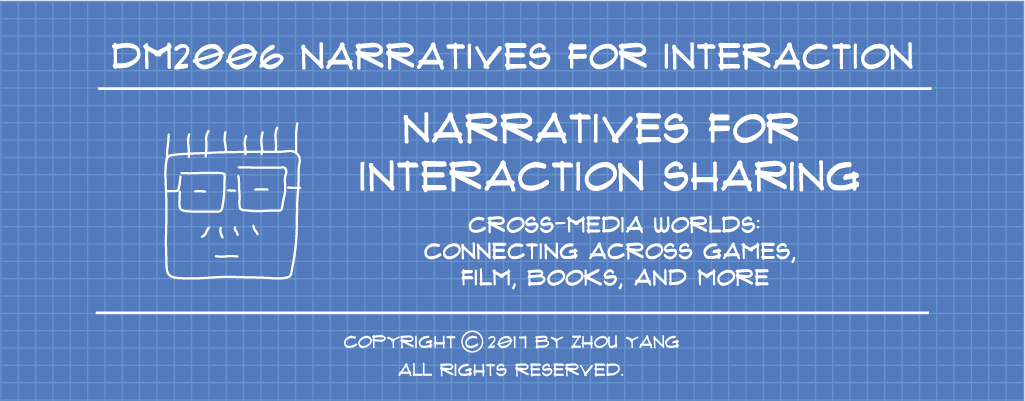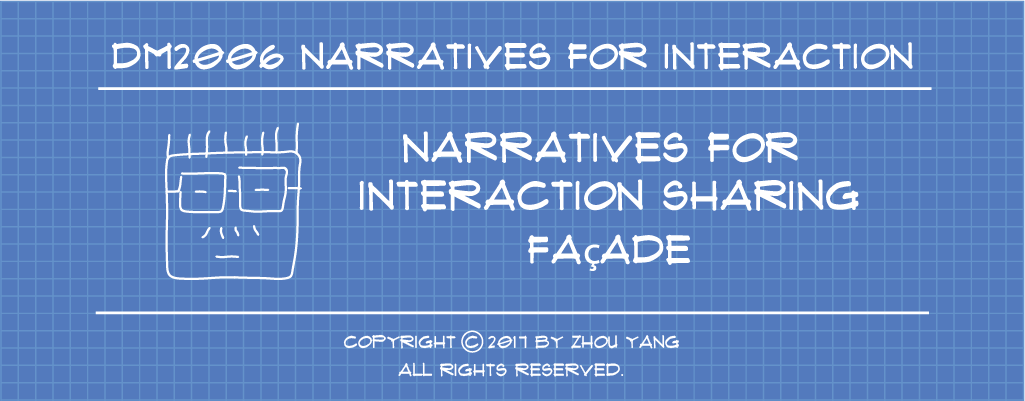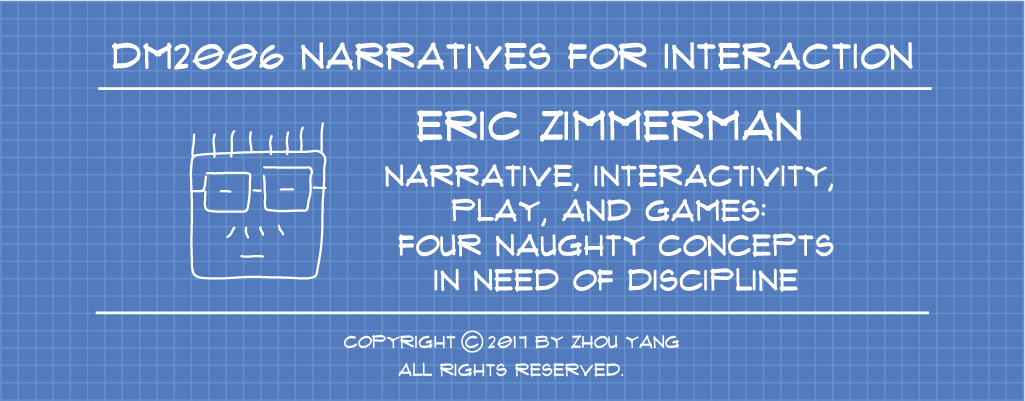In “Narrative, Interactivity, Play, and Games: Four Naughty Concepts in Need of Discipline,” Eric Zimmerman established his text by explaining his intention for analyzing the context of “game-story” relationship and its importance. It is a necessary effort as there is an extensive amount of enthusiasm in surveying the relationship. It is important for us to thoroughly understand the thoughts involved, so we understand the concept on the crossing of games and stories.
Zimmerman dived into the manner in which the “game-story” relationship is carried out in the current context and the necessities that make its existence relevant. He analyzed the four crucial terms relevant to games design: Narrative, Interactivity, Play, and Games, broadening on their definitions and providing applicable insights on use within games by surveying their context outside of games. These concepts do not exist on their own but are constantly overlapping and influencing each other in various means.
As an interactive designer, I found the portion on interactivity to be particularly engaging and relevant to my field of studies. Hence, the following paragraphs I will be heavily focusing on my thoughts and reasoning on the understanding of the role played by interactivity in the context of games and stories. At the same time, I will also be attempting to draw references from the other important concepts mentioned by Zimmerman to further elaborate my understanding of the text.
We often fail to focus on the essential message we are trying to convey to our audience through the interactive medium we created. Instead, we are too focus on the other aspects during the process that we tend to include interactivity as part of the after-thought. I feel that this gesture eliminates the relevance of interactivity and it becomes an area that is not a necessity for consideration in the building of an interactive piece. This serves as the main motivation for Zimmerman to push for reform in the manner interactivity are performed across various platforms such as websites and video games.
Interaction should be performed based on the well thought out environment that is structured to encourage interaction. Too often, interaction happened under the effect of a scripted environment that kills the urge for users to explore and experience. It detached them from the medium that they are interacting with and feels the lack of personal connection and understanding towards the medium. Instead, it should allows them to have a deeper appreciation of interactivity which allows the spawning of possibilities beyond our understanding.
The original text written by Eric Zimmerman can be found here.
http://www.anabiosispress.org/VM606/1stPerson_ezimmerman.pdf


